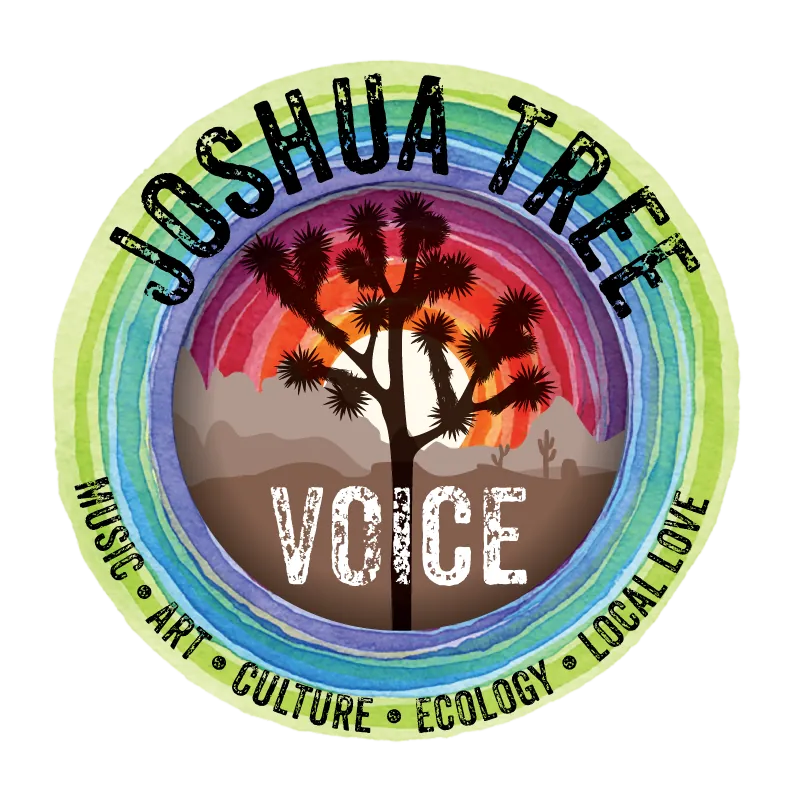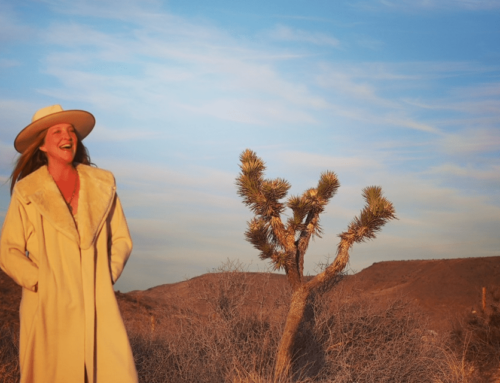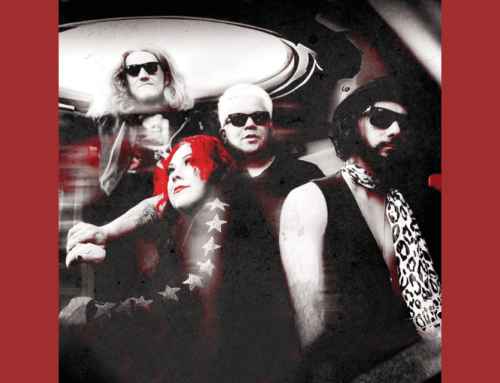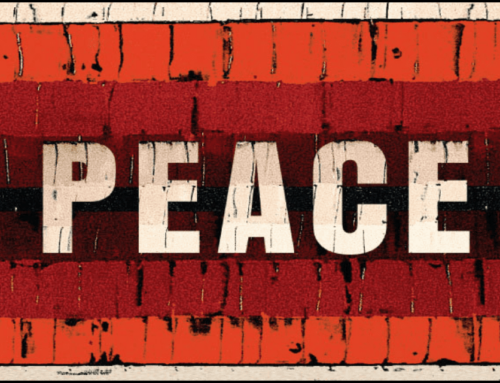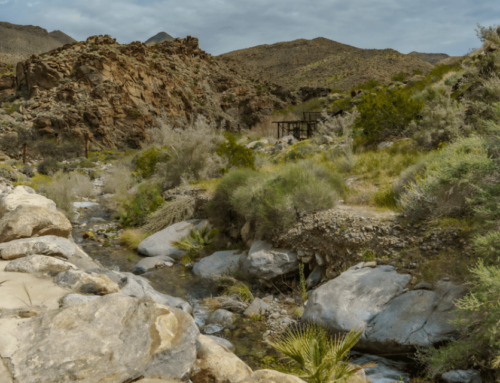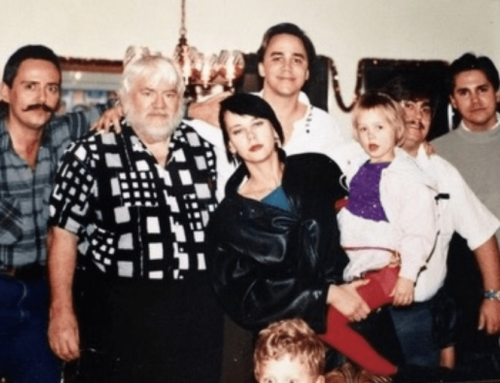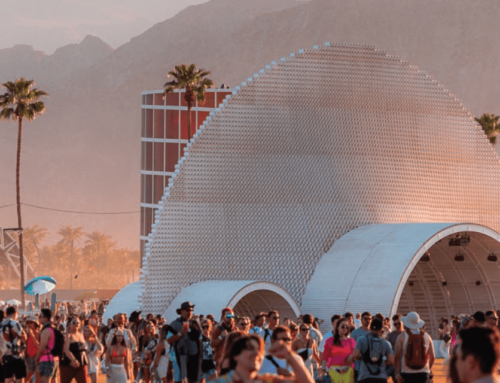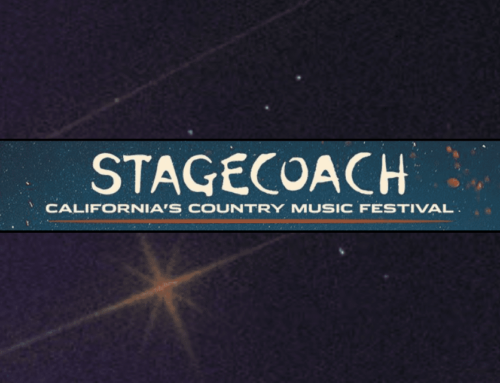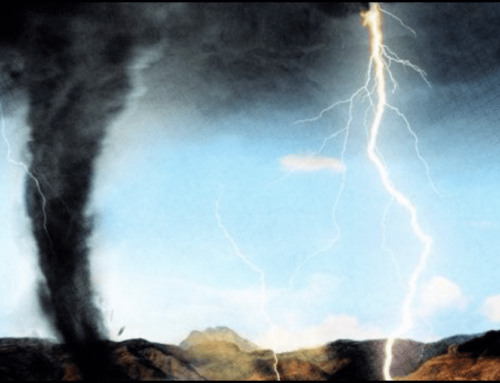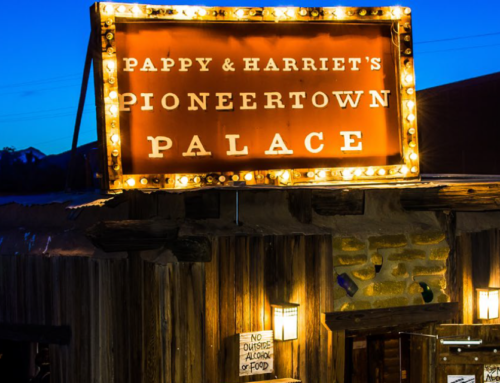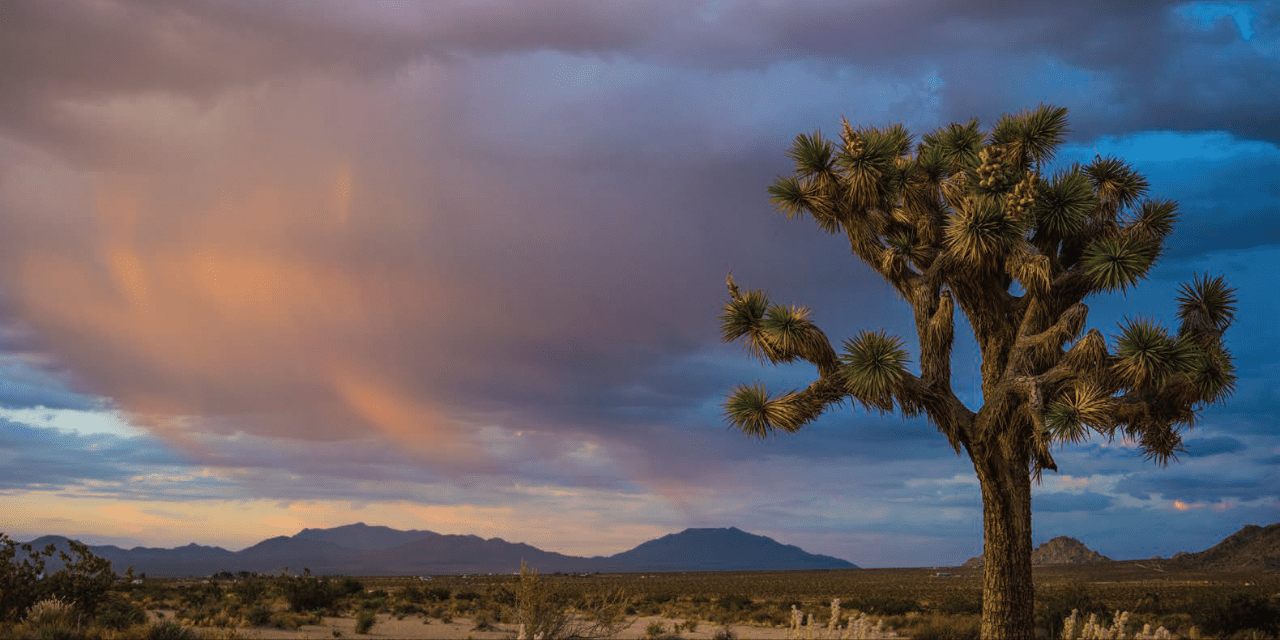
If I never…
By Chris Clarke

Author Chris Clarke is a journalist, writer, activist, and cohost on the new podcast, “Ninety Miles from Needles.” Clarke has been interpreting the desert for more than 30 years. He is joined by co-host, Alicia Pike, a talented co-conspirator, and by the community of activists and others working to keep the desert whole.
If I never again hear the word “iconic” used to describe Joshua trees, I’ll die a happy man.
It’s not that the word doesn’t fit. Joshua trees symbolize the Mojave Desert as well as any plant anywhere symbolizes anything. (Let’s ignore for the moment that the trees also grow in the Great Basin Desert, and in edges of the Sonoran Desert, the Colorado Plateau, and the southern Sierra Nevada.) When you think of the Mojave, you probably imagine Joshua trees. This has been the case since well before the invention of Instagram, well before a photographer named Anton Corbijn captured images of a tree near Death Valley that graced the cover of an album by an Irish rock band whose name escapes me at the moment.
The trees are icons, certainly. So what’s my issue with them being called “iconic”? Since we last spoke, the California Fish and Game Commission tried and failed to decide whether to grant the western Joshua tree permanent protection under the California Endangered Species Act. The vote deadlocked 2-2 and will be taken up again at the Commission’s October meeting. Supporters of protection are guardedly optimistic that the remaining commissioners will see reason and vote to protect the trees.
But during that June meeting, a notable number of people opposed to protecting the western Joshua tree referred to the tree as “iconic” in the process of asking to be allowed to kill the trees in large numbers.
The comments ran along these lines:
“Everyone agrees that Joshua trees are iconic, and we support protecting them somehow, but using the California Endangered Species Act as a tool to protect the trees will keep us from building strip malls, or solar projects, or vacation rentals on the spots where the trees happen to be growing. If you could come up with some way of protecting them that doesn’t keep me from cutting them down, I would totally support that. Thank you.”
I’d hate to see what these folks would say about wildlife that isn’t considered “iconic.”
Despite my crankiness over the cynical misuse of the word “iconic,” there’s good news to be had in the public reaction to the potential listing of Joshua trees. For one thing, the trees are beloved enough that those opposed to protecting them have to act like they love them. That’s an improvement over the campaigns to protect species like, say, the Delta smelt, a tiny fish native to the San Francisco Bay Delta estuary, which former Congressional representative Devin Nunes referred to as a “stupid little fish.”
In fact, there are people whose livelihoods might take a hit if the tree is protected who nonetheless spoke up forcefully in June in favor of granting the tree permanent protection. They included realtors who recognized that thriving Joshua trees are a big reason people want to visit the desert — or to move here permanently. They included solar workers and developers who rejected the idea that Joshua trees need to be collateral damage in our campaign to build more solar. And they included union members who recognize that some potential jobs have too great a cost.
Folks like this are the face of the Mojave Desert in the 21st Century. Their numbers are growing, and their ideas are becoming more popular. They symbolize the growing sentiment that the desert will support us if we let it thrive. In the decades to come, when people think of the Mojave Desert, they’ll think of people like those who want the Western Joshua tree protected.
You could even call these folks “iconic.”
